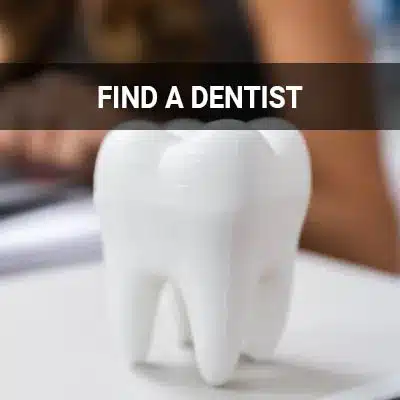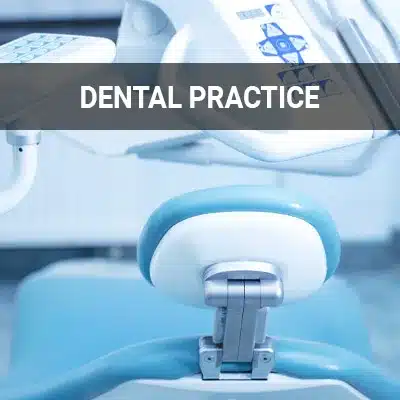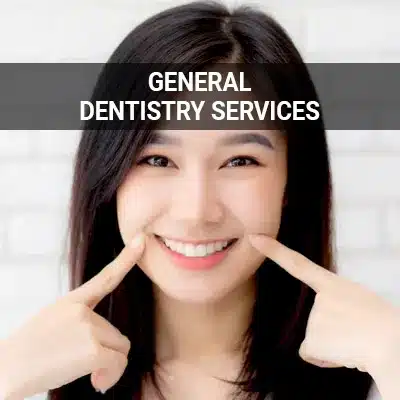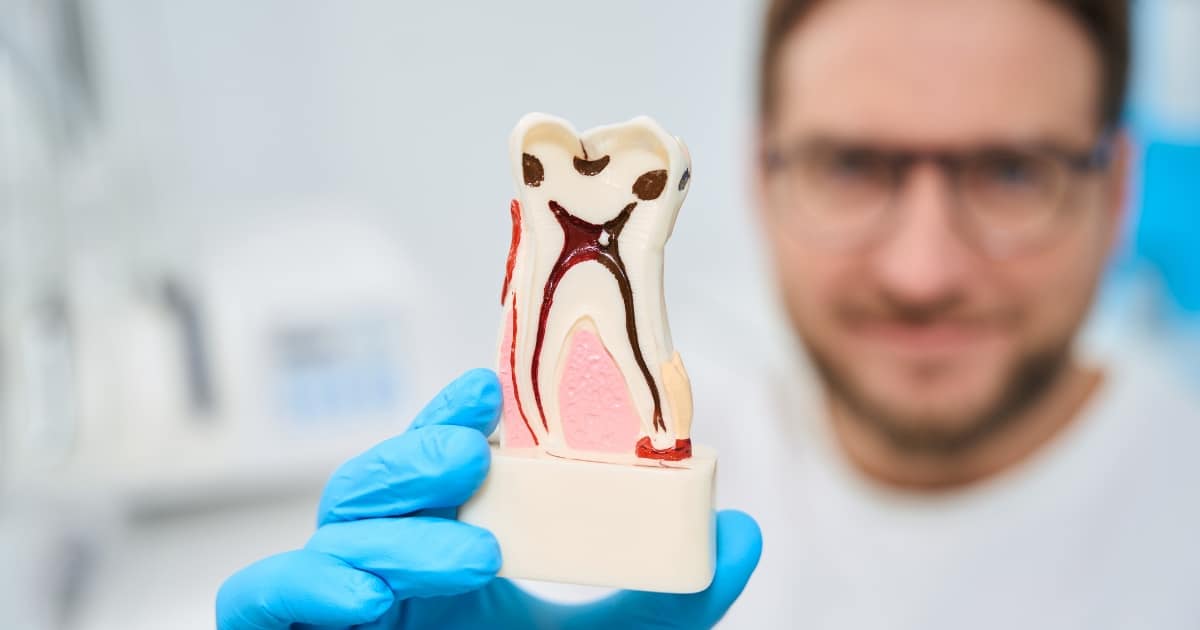
Find the Best Dentist in Glendale AZ
It is easy to find a dentist. However, finding the right dentist takes a little more work. From websites to social media, there are several ways to make the search process a little easier. When looking for a new dentist, you need more than a place to get your teeth cleaned. You are looking for a member of your total health care team, so it is essential to do the necessary research before making a decision.
The right dentist is available at Singh Smile Care - Dentist Glendale, AZ in Glendale AZ and the surrounding area. Call us at (623) 400-6009 to schedule an appointment.

Using Review Websites
Online review sites are one of the best places to start looking for a nearby dentist. It is best to compare multiple reviews from different websites to get a complete picture. Some review sites remove negative reviews or tend to hide them at the bottom. Be sure to filter the reviews by the most recent and look for patterns appearing in the comments that may indicate a problem.
Google contains more than half of all reviews worldwide. A practice with multiple positive reviews will be one of the first things a prospective patient sees when searching for the right dentist. Google reviews are very popular and are an excellent place to start to help add or eliminate providers from your list.
Healthgrades has millions of reviews for dentists and offers a search function to find a dentist in Glendale. Patients can also use this site to request an appointment. Zocdoc is another website that also lets patients search for dentists using ZIP code, insurance, availability, and languages.
Vitals and 1-800-Dentist are two other web resources. 1-800-Dentist takes it a bit further, asking patients to fill out a short questionnaire. Once it has been completed, an operator calls the patient with options that meet the criteria they indicated.
When using a review site, individuals should look beyond the number of stars and focus on the patient comments. After reading several, they can better understand what people like and do not like about a particular dental practice.
It is best to compare multiple reviews from different websites to get a complete picture.
Word-of-Mouth Referrals
One of the strongest recommendations for the right dentist can come from one's own family, close friends, and co-workers. Individuals may want to ask people they know and trust who they turn to for their oral health needs. It is also good to find people who have had work done beyond a standard cleaning. A person who has had considerable work done and still raves about their dentist may have a provider to consider.
It is also helpful to ask one's family doctor or local pharmacist for a referral. These medical professionals have extensive knowledge about their area and often get feedback from patients. Those who are moving may want to ask their current dentist for a recommendation.
One of the strongest recommendations for the right dentist can come from one’s own family, close friends, and co-workers.
Social media represents a significant part of our everyday lives. Over recent years, medical professionals have been using this tool to draw in prospective patients. Next to Google, Facebook remains the second-largest review platform. When people search for a local dental practice on Facebook, dentists with strong recommendations typically show up at the top of search results.
Once individuals have a shortlist of options, it can help search for individual practices on Facebook. Dentists with a business page often feature posts showcasing their services, staff, and patient testimonials. This can provide valuable information about whether or not a practice would be a good fit.
Nextdoor is a less well-known social media option. This neighborhood-focused website requires users to provide proof of where they live when they join. Then they will be able to communicate with people directly in their community. This can be a great resource to find unbiased and honest patient reviews.
Over recent years, medical professionals have been using this tool to draw in prospective patients.
How to Start Your Search
Before starting the search, a prospective patient needs to figure out what is most important to them and their family regarding dental care. For example, many people like their dentist to be near home, work, or school and have convenient office hours. This makes it easier to keep appointments or stop by in case of an emergency.
Furthermore, prospective patients with children may need an office that offers pediatric dentistry, while prospective patients with mobility issues will need an office that is handicap accessible. By doing a little research on one's "must-haves," prospective patients will be able to determine if it is even worth their time to schedule an appointment at a practice in the first place.
Once one has compiled a good list of candidates, it is time to head to the dentists' websites to learn more about the office and see if they have a social media presence to help get the overall picture.
Before starting the search, a prospective patient needs to figure out what is most important to them and their family regarding dental care.
Questions Answered on This Page
Q. How do I use a review website to find a dentist?
Q. Who should I ask about finding the right dentist?
Q. How do I use social media to find a dentist?
Q. What do I need to know before starting the search for a dentist?
People Also Ask
Weighing Patient Reviews
Local and state dental societies are also good resources. One can find a list of these societies on the American Dental Association’s (ADA) website. These societies will show which dentists in the community are members. Additionally, one can use the ADA website to search for member dentists in the community by location, the type of dentist, and the maximum distance from your preferred location.
Most importantly, the right dentist will be board-certified and have a current registration with their state’s dental board.
Local and state dental societies are also good resources.
Frequently Asked Questions
Quality Dental Services Can Transform Your Smile
Dental Terminology
Dental Caries
Dental Checkup
Dental Filling
Dental Prophylaxis
Dental Sealants
Dentist
Gingivitis
Preventive Dentistry
Tartar
Tooth Enamel








